Report this entry
More from the same community-collection
Citywide Beauticians Club "Debutantes of 1969" Program
Pages 26 and 27 of the Citywide Beauticians Club's "Debutantes ...
Citywide Beauticians Club "Debutantes of 1969" Program
Pages 28 and 29 of the Citywide Beauticians Club's "Debutantes ...
Citywide Beauticians Club "Debutantes of 1969" Program
Pages 30 and 31 of the Citywide Beauticians Club's "Debutantes ...
Citywide Beauticians Club "Debutantes of 1969" Program
Pages 32 and 33 of the Citywide Beauticians Club's "Debutantes ...
Citywide Beauticians Club "Debutantes of 1969" Program
Pages 34 and 35 of the Citywide Beauticians Club's "Debutantes ...
Citywide Beauticians Club "Debutantes of 1969" Program
Page 36 of the Citywide Beauticians Club's "Debutantes of 1969" ...
Roxxy Music Presents Various Metal Bands, 1990s
90s band poster advertising a metal band show at The Pit on 217 ...
Knick-Knack Store Advertisement
Quirky knick-knack store advertisement for different products at ...
Alternative Band Poster 2000s
Alternative band show at The House of Rock N Roll (HORR) on 4645 ...





















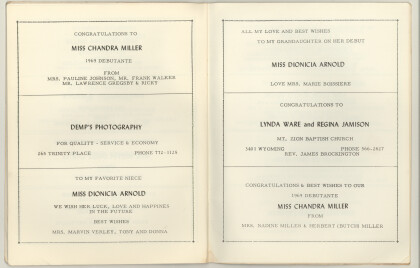
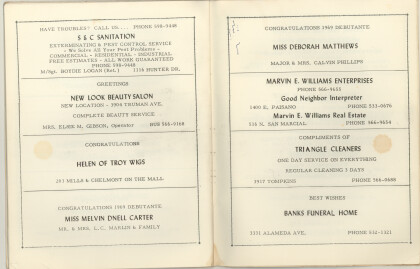
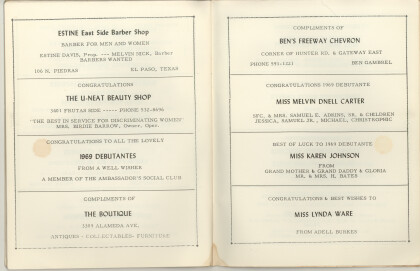
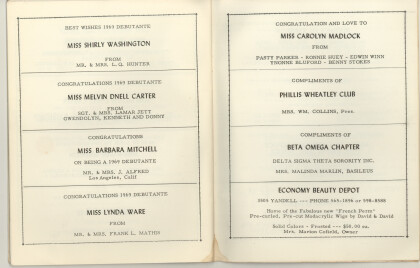
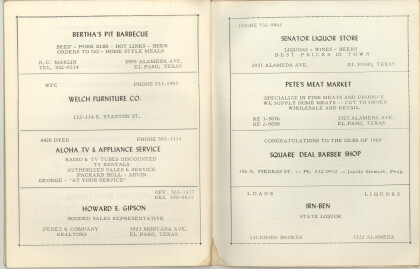
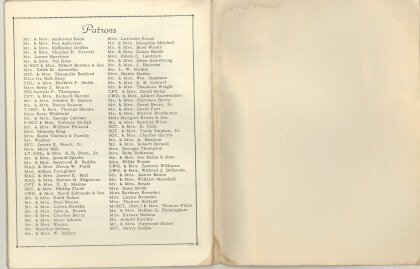
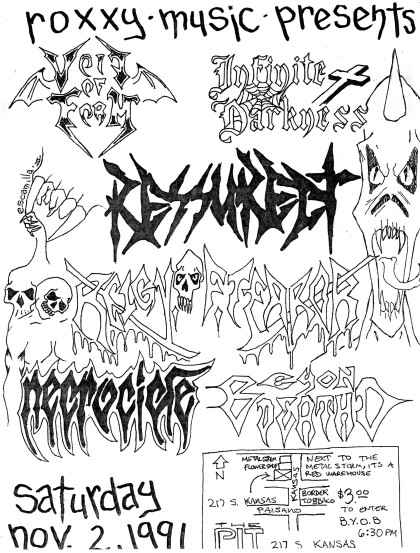
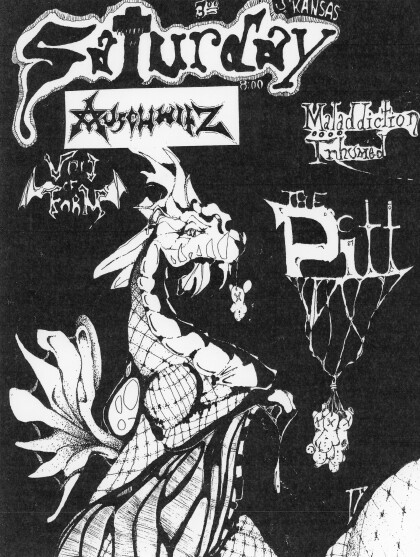
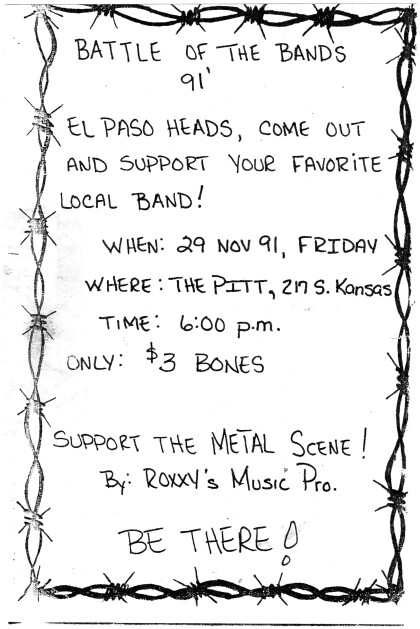
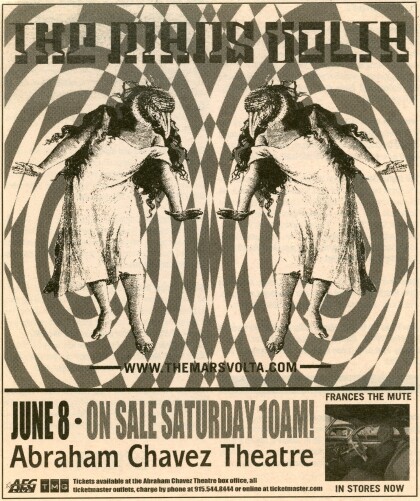
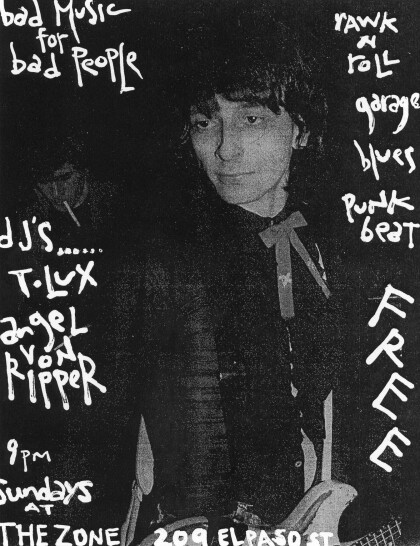
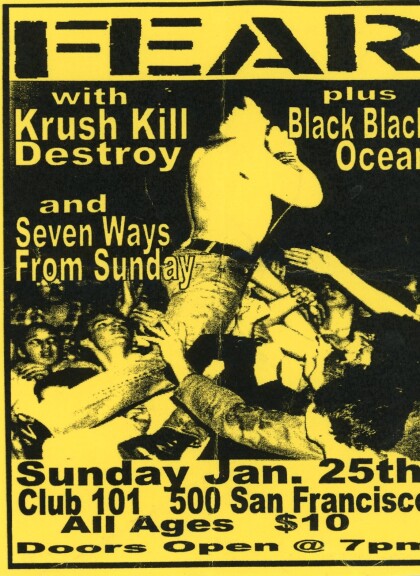
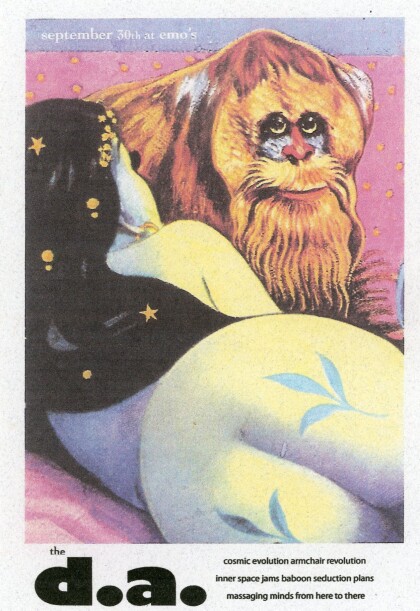
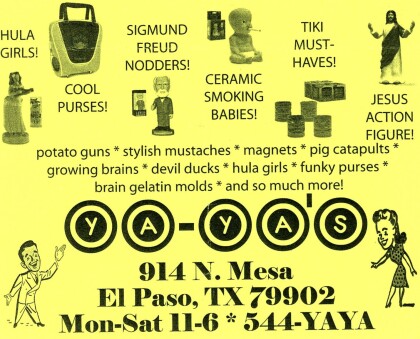
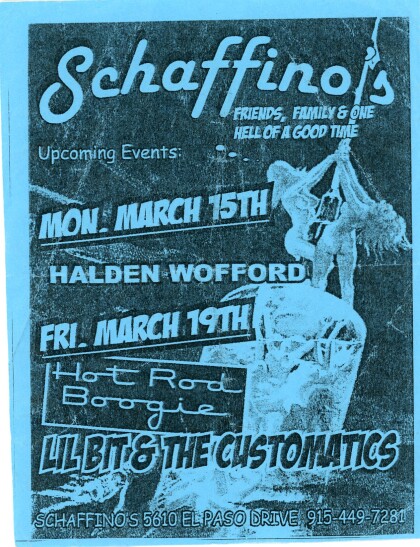
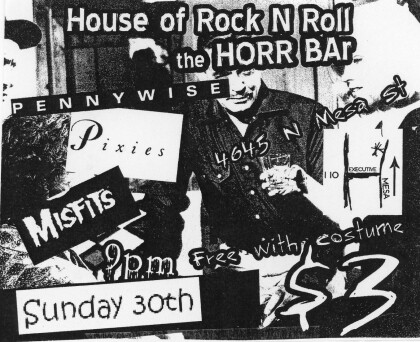
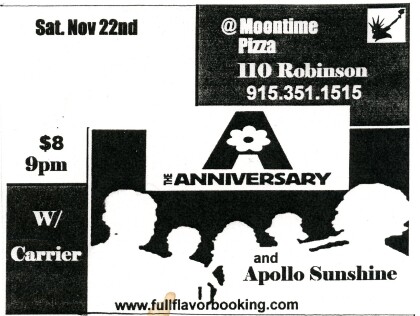
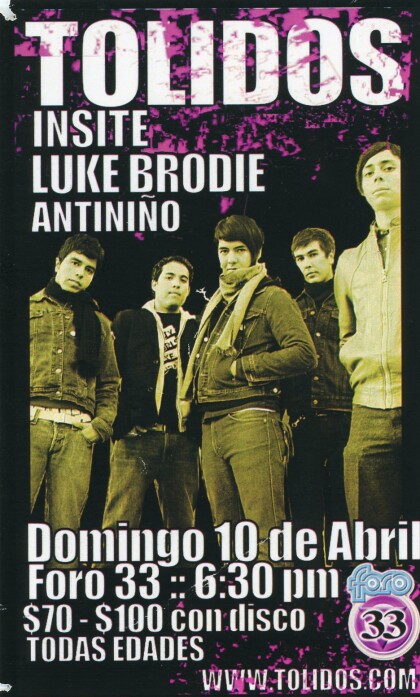
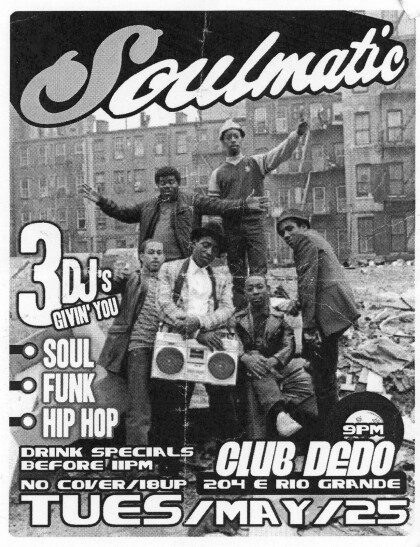
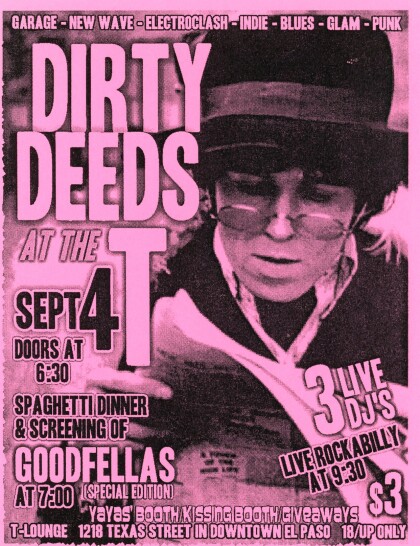
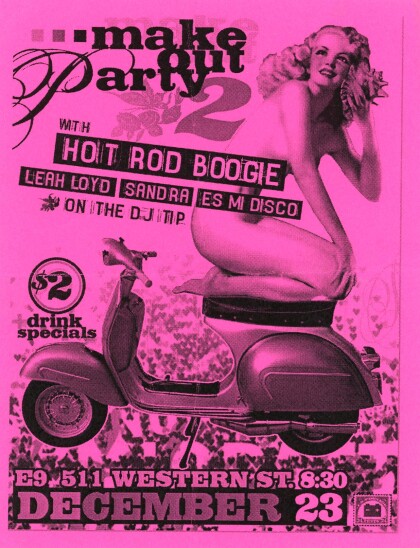
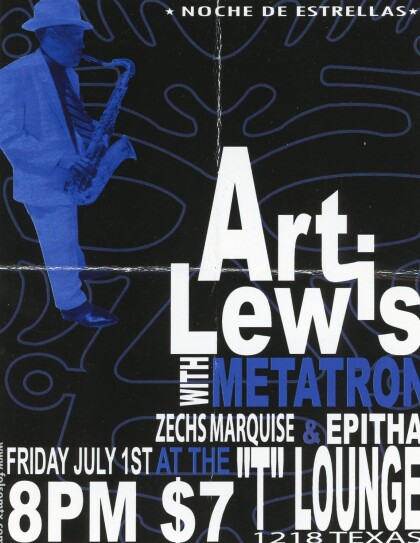
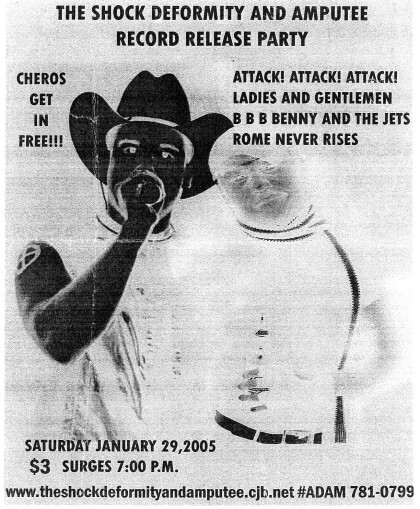
Comments
Add a comment